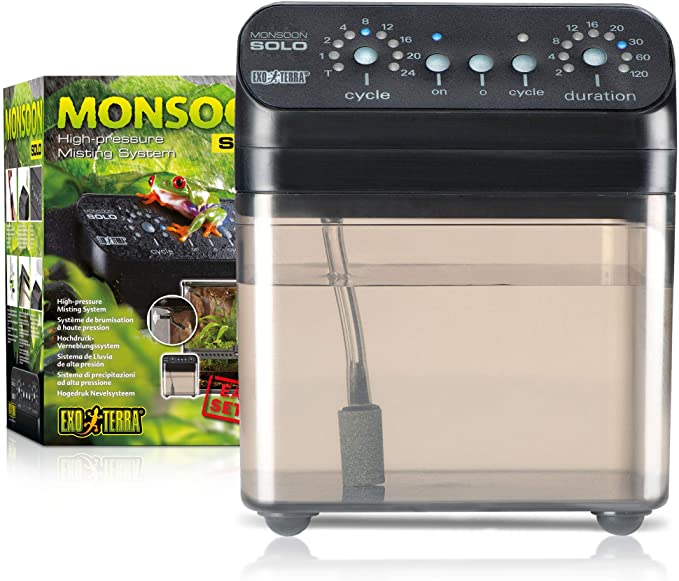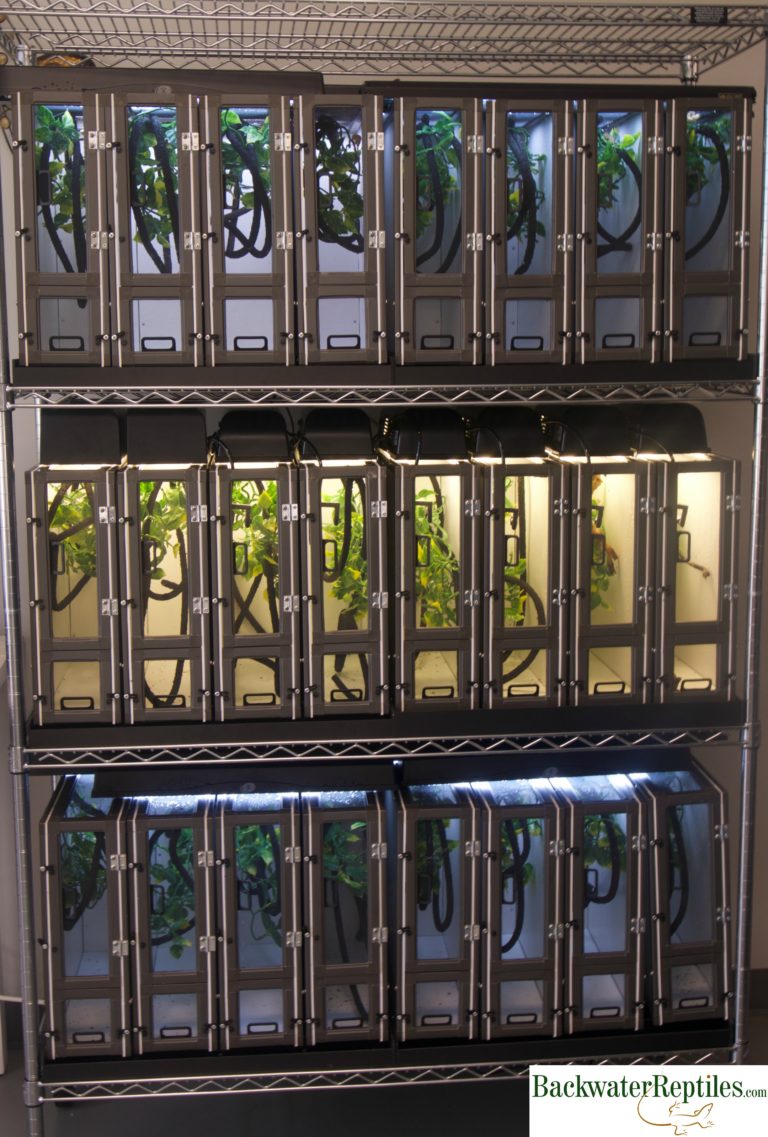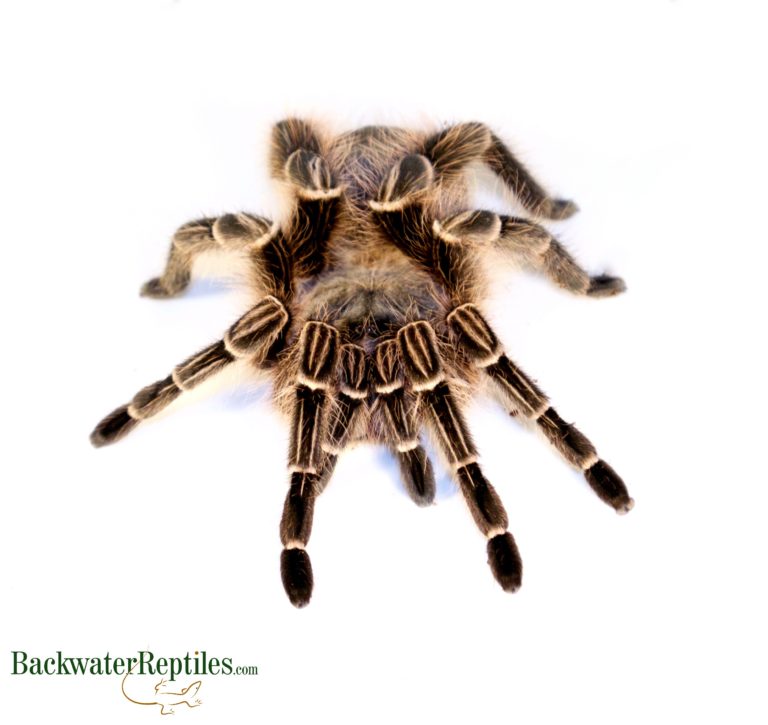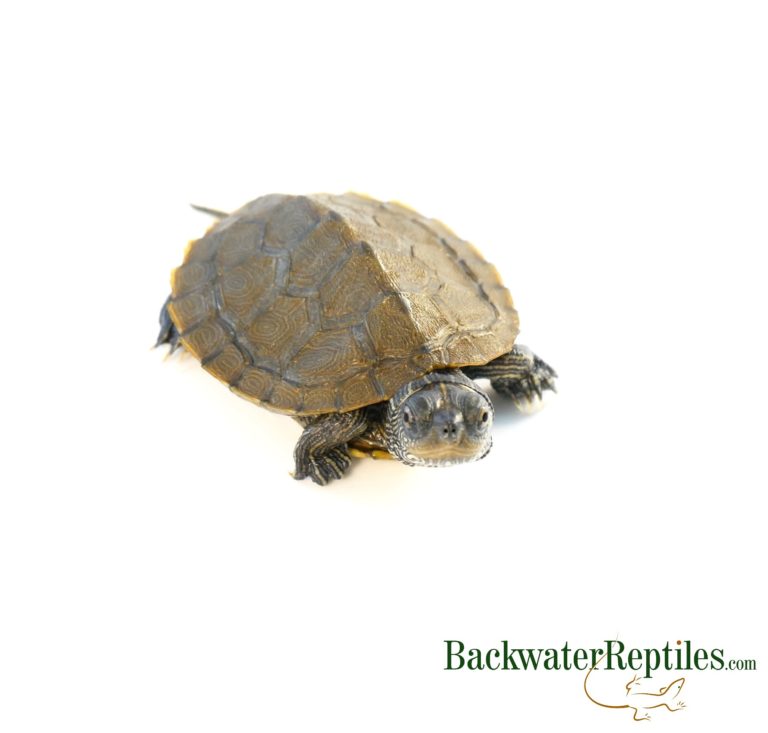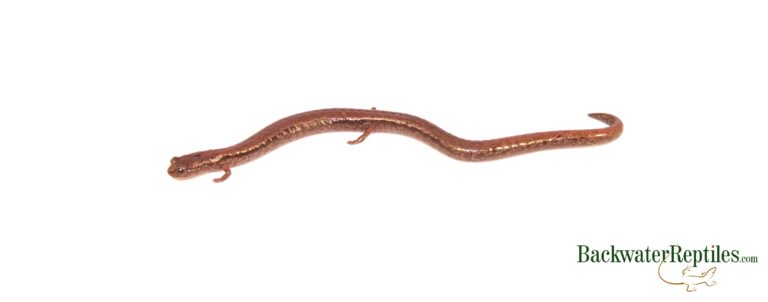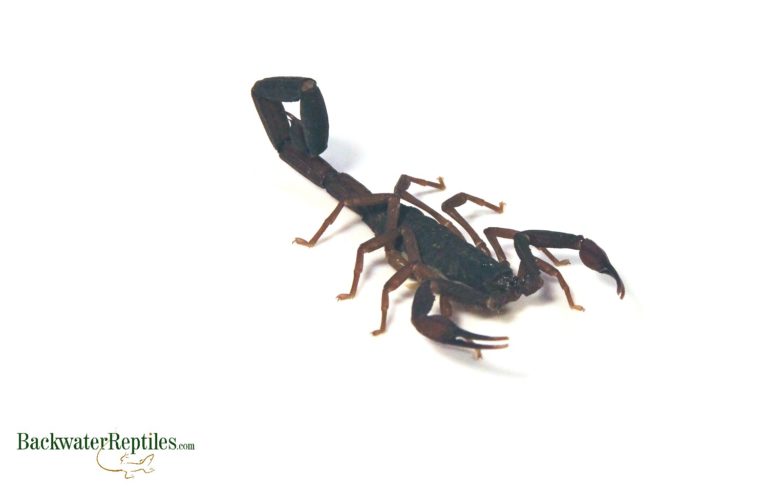What are the most unique pet reptiles and amphibians?
Reptiles and amphibians are considered somewhat unconventional pets on their own. But because there are so many different species to choose from, we wanted to take the time to outline our top five most unique species. In our estimation, Budgett’s Frogs, Red-Eye Crocodile Skinks, Western Hognose Snakes, Sirens, and Surinam Toads are the most unique reptiles and amphibians that are commonly kept as pets.
What makes Budgett’s Frogs (Lepidobatrachus laevis) unique?
Budgett’s frogs take the cake when it comes to uniqueness. They have an unmistakable appearance plus they certainly know how to speak their mind, which is quite an interesting talent for a frog to possess.
When you first see a Budgett’s frog, we wouldn’t be surprised if you thought the frog was rather blob-like. They are primarily aquatic and their body shape and design reflects this. They have small but very protruding eyes, super long fingers and also tend to be quite flat when not fully submerged. The overall effect is quite comical.
In addition to their funny appearance, Budgett’s frogs can have attitude. If you upset or stress a Budgett’s frog, they will certainly let you know. They rear up on their hind legs and inflate as large as they can. They open their mouths wide and emit a loud scream to make them seem far more threatening than they truly are. While we don’t recommend annoying your frog enough to make it display this behavior, if it ever happens, it truly is a sight to behold.
Backwater Reptiles sells healthy, captive bred Budgett’s frogs with Frog Ranch genetics. You can learn more here.

What makes Red-Eye Crocodile Skinks (Tribolonotus gracilis) unique?
In general, we find skinks to be quirky and original lizards. They tend to be long and slinky with shorter arms which means their locomotion is fun to watch. But, in our estimation, the most unique skink is the Red-Eye Crocodile Skink.
Red-Eye Croc Skinks look like little dragons and this is initially what attracts so many owners to this adorable lizard. Their scale formation coupled with their boldly orange or red rimmed eyes is reminiscent of the mythical creature that so many of us envision in our imaginations.
Similar to opossums, Red-Eye Croc Skinks will play dead if they feel overly stressed or threatened. They simply become unresponsive and it can be quite scary and shocking to experience as an owner if you have never witnessed it before. Luckily, once your skink has had time to calm down and feels secure once more, it will spring back to life magically and its normal patterns of behavior will resume.
You can purchase your own Red-Eye Crocodile Skink here.

What makes Western Hognose Snakes (Heterodon nasicus) unique?
We are huge fans of the variety of morphs of Hognose Snakes that you can find these days. They range in coloration and pattern and are quite beautiful to behold. However, our favorite physical trait of this unique snake species has got to be its adorable little turned-up nose! This trait is what this snake is known for and we feel that it is very aptly named.
Another little known fact about Western Hognose Snakes is that they are rear-fanged venomous. There is heated debate amongst herp keepers and enthusiasts as to whether or not this species should actually be considered venomous. Truthfully, their venom or modified saliva, depending upon who you talk to, is only dangerous to their prey.
Because hognose snakes are rear-fanged, they don’t have a typical venom delivery system like rattlesnakes, cobras or other well-known venomous snakes do. A hognose would have to bite you and chew or gnaw in order for their saliva to get into the wound and cause any type of reaction in a human. Because these snakes would rather play dead than gnaw on a human, we’ll head right on into our next point about why we think Western Hognose Snakes are so unique.
In simple terms, hognose snakes have developed a playing dead behavior in order to get potential predators to leave them alone. When a hognose feels threatened, it will roll over and display its belly scales, open its mouth wide and let its tongue loll out of its mouth. They even go so far as to emit a stinky smell that mimics death and rotting. What a unique and fascinating trick!
You can purchase your own Western Hognose Snake from Backwater Reptiles by clicking here.

What makes Sirens unique?
We didn’t specify a species when discussing sirens simply because they are all similar and they all possess very similar unique traits as well.
In case you are unfamiliar with sirens, it’s helpful to know that they are salamanders that possess neotenic traits. In other words, they possess larval traits of salamanders, namely gill tufts that remain with them throughout their entire life, not just their larval stage.
So although sirens are amphibians and should technically undergo a two-stage life cycle, they do remain fully aquatic their entire life. They grow quite large and ultimately do resemble the salamanders that so many of us know and love, but they don’t really emerge from the water.
While there are several species and varieties of siren that can be kept as pets, Backwater Reptiles sells Lesser Sirens. While sirens are cool and unique pets, we do only recommend them for experienced herp owners. Their aquatic lifestyle and habitat requirements coupled with their large size at maturity can make them a challenge to successfully keep in captivity.
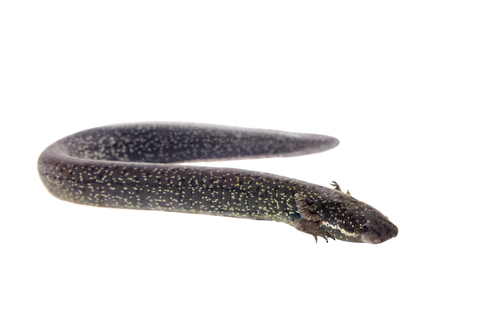
What makes Surinam Toads (Pipa pipa) unique?
Surinam Toads are so ugly you can’t help but think they are cute! Not only do they have flat bodies, they also have triangular-shaped heads. Their beady little black eyes also contribute to their bizarre physical appearance.
Probably the most unique characteristic of this species is the manner in which they reproduce. Males produce a strange underwater clicking noise and a female then releases eggs into the water. The male proceeds to fertilize the eggs and push them onto the female’s back where they stick to her skin. Eventually, the skin grows up around the eggs forming a network of pockets or pouches of protection. When the toadlets are ready to emerge, they stick their snouts out of her back skin which makes for quite a strange view.
In part due to their nontraditional body shape and lifestyle, this amphibian is primarily aquatic. Once again, we do only advise that experienced herp keepers invest in Surinam toads as they do have specific care requirements.

Conclusion
There are many wonderful kinds of reptiles and amphibians out there that we feel make excellent pets for different kinds of people. If you are interested in a species that is unique for one reason or another, we hope you found our list helpful!
If you are in the market for a reptile, amphibian or invertebrate with particular characteristics that we did not discuss in this article, please feel free to reach out to our talented customer service team. They would be happy to make recommendations and can be reached by emailing sales@backwaterreptiles.com.

